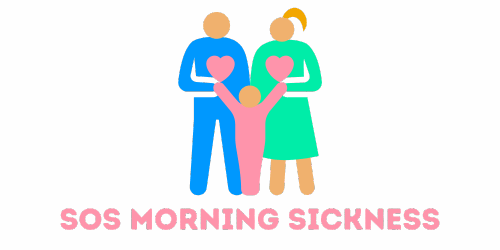Imagine typing away on your iPhone, and suddenly, your keyboard decides to throw a little party with some delightful vibrations. Sounds fun, right? Adding a vibrating keyboard can transform your texting experience from mundane to magical, making every tap feel like a mini celebration.
Table of Contents
ToggleUnderstanding Keyboard Haptic Feedback
Keyboard haptic feedback refers to the vibrations felt when typing on a touchscreen device. This feature makes typing more tactile and responsive, enhancing user interaction with the keyboard.
What Is Haptic Feedback?
Haptic feedback involves tactile sensations generated through vibrations. Various devices incorporate this technology to convey information or provide physical confirmation of actions. Mobile devices like the iPhone utilize haptic feedback to simulate the sensation of pressing a key, offering users a more satisfying typing experience.
Benefits of Keyboard Vibration
Keyboard vibration provides multiple advantages to users. Enhanced typing confirmation occurs with each keystroke, reducing typing errors. Increased immersion results from physical feedback, making text input more engaging. Additionally, users can adjust vibration settings, tailoring the experience to individual preferences. Overall, these benefits contribute to a more efficient and enjoyable texting experience on the iPhone.
How to Enable Keyboard Vibration on iPhone

Enabling keyboard vibration on an iPhone enhances the typing experience through haptic feedback. Users gain tactile sensations with each keystroke, making texting more engaging.
Accessing Settings
To enable keyboard vibration, start by opening the Settings app on the iPhone. Navigate to the “Sounds & Haptics” option located in the list. Once there, scroll down to find “Keyboard Feedback.” This section contains the settings necessary for adjusting keyboard vibrations. Tap on “Keyboard Feedback” to proceed. Accessing this area allows users to customize their overall keyboard experience.
Turning On Keyboard Vibration
Activating keyboard vibration requires a simple toggle. In the “Keyboard Feedback” section, locate the “Vibrate on Keypress” option. Toggle this setting to the on position to enable vibration for every key pressed. Users will receive immediate feedback through vibrations while typing. This enhancement increases typing accuracy and adds a satisfying response to each keystroke, creating a more immersive experience.
Customizing Vibration Settings
Customizing vibration settings on an iPhone enhances the keyboard typing experience. Users can adjust haptic feedback intensity and select unique vibration patterns for more personalization.
Adjusting Haptic Feedback Intensity
Haptic feedback intensity adjustments provide users with control over the strength of keyboard vibrations. To change this setting, they should open the Settings app, tap on “Sounds & Haptics,” and then select “Haptic Feedback.” Choices will appear, ranging from light to strong vibrations. Users can test various strengths and identify their preferred level, ensuring a comfortable typing experience that fits their needs.
Choosing Vibration Patterns
Choosing vibration patterns adds an extra layer of personalization. Users can navigate to Settings, tap “Sounds & Haptics,” and select “Vibration” under the “Ringtone” section. A variety of pre-set patterns will display, along with an option to create custom vibrations. By tapping “Create New Vibration,” they can tap the screen to devise a unique pattern. This option allows for a distinct typing experience, making it easier to differentiate notifications and actions while typing.
Troubleshooting Keyboard Vibration Issues
Keyboard vibration issues can arise occasionally on iPhones. Identifying the problem quickly can restore a satisfying typing experience.
Common Problems and Solutions
Several common issues can affect keyboard vibration. Inconsistent feedback may happen due to a software glitch. Restarting the iPhone often resolves this. Vibration settings might not be enabled correctly. Users can double-check by navigating to Settings, selecting Sounds & Haptics, and confirming that “Vibrate on Keypress” is toggled on. Sensor problems can also inhibit vibration. They should inspect for any physical damage on the device’s hardware. Additionally, software updates may introduce fixes, so maintaining the latest iOS version is essential.
When to Seek Help
Seeking professional assistance becomes necessary in some cases. Persistent vibration issues may indicate a deeper hardware malfunction. Users should look for signs of damage to the iPhone, such as screen cracks or button malfunctions. If troubleshooting efforts fail, contacting Apple Support can provide further guidance. Visiting an authorized service provider offers the opportunity for a thorough diagnosis. Regular maintenance checks can alleviate future problems, ensuring a reliable experience while typing.
Enhancing the iPhone keyboard with vibration can significantly elevate the texting experience. By enabling haptic feedback, users enjoy a more tactile interaction that not only boosts typing accuracy but also makes every keystroke feel rewarding. The ability to customize vibration settings adds a personal touch that caters to individual preferences.
If users encounter any issues with keyboard vibration, simple troubleshooting steps can often resolve them. Keeping the iPhone updated and regularly checking settings ensures a seamless experience. Embracing this feature transforms ordinary typing into a dynamic and engaging activity, making communication more enjoyable.








